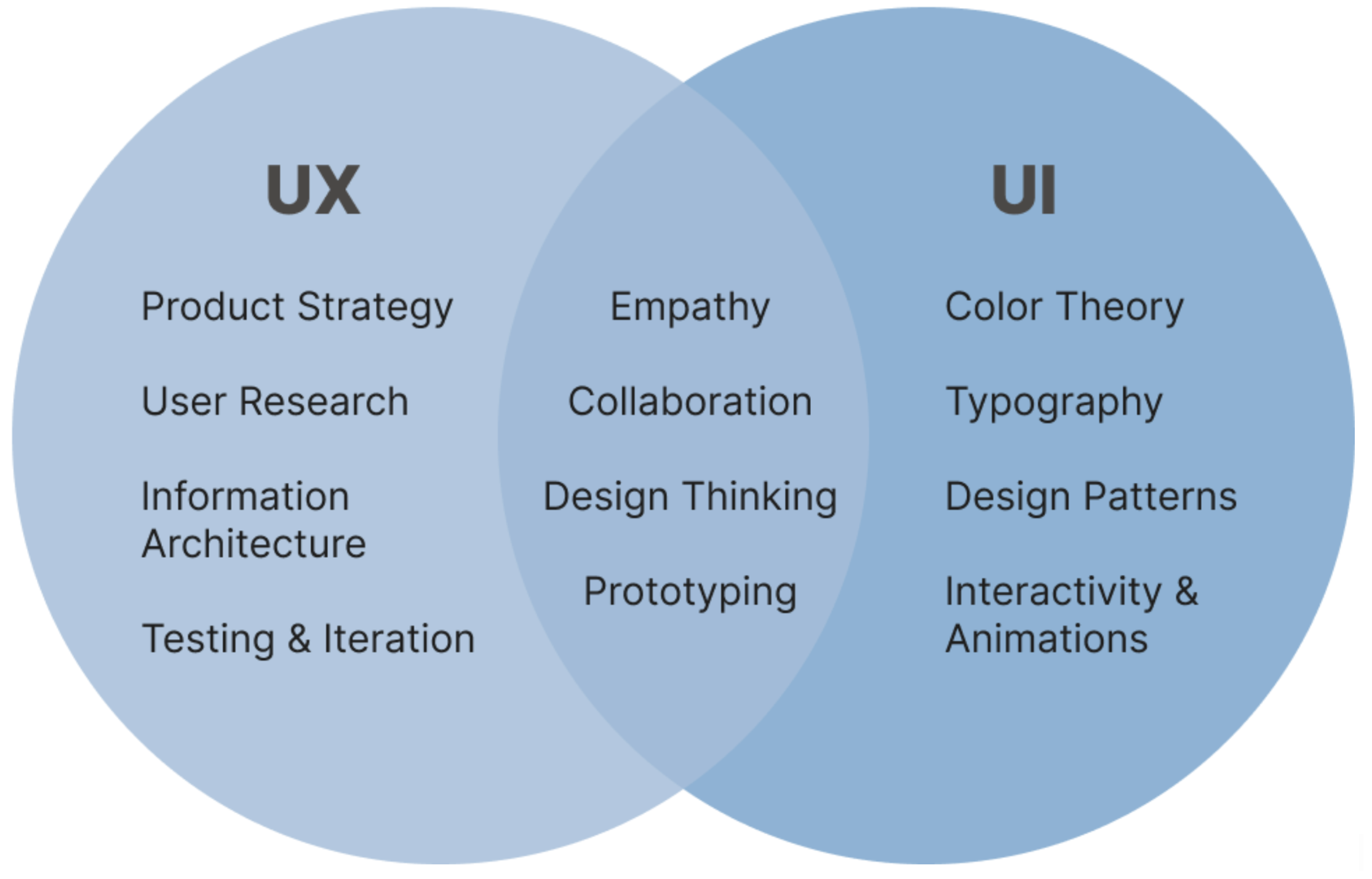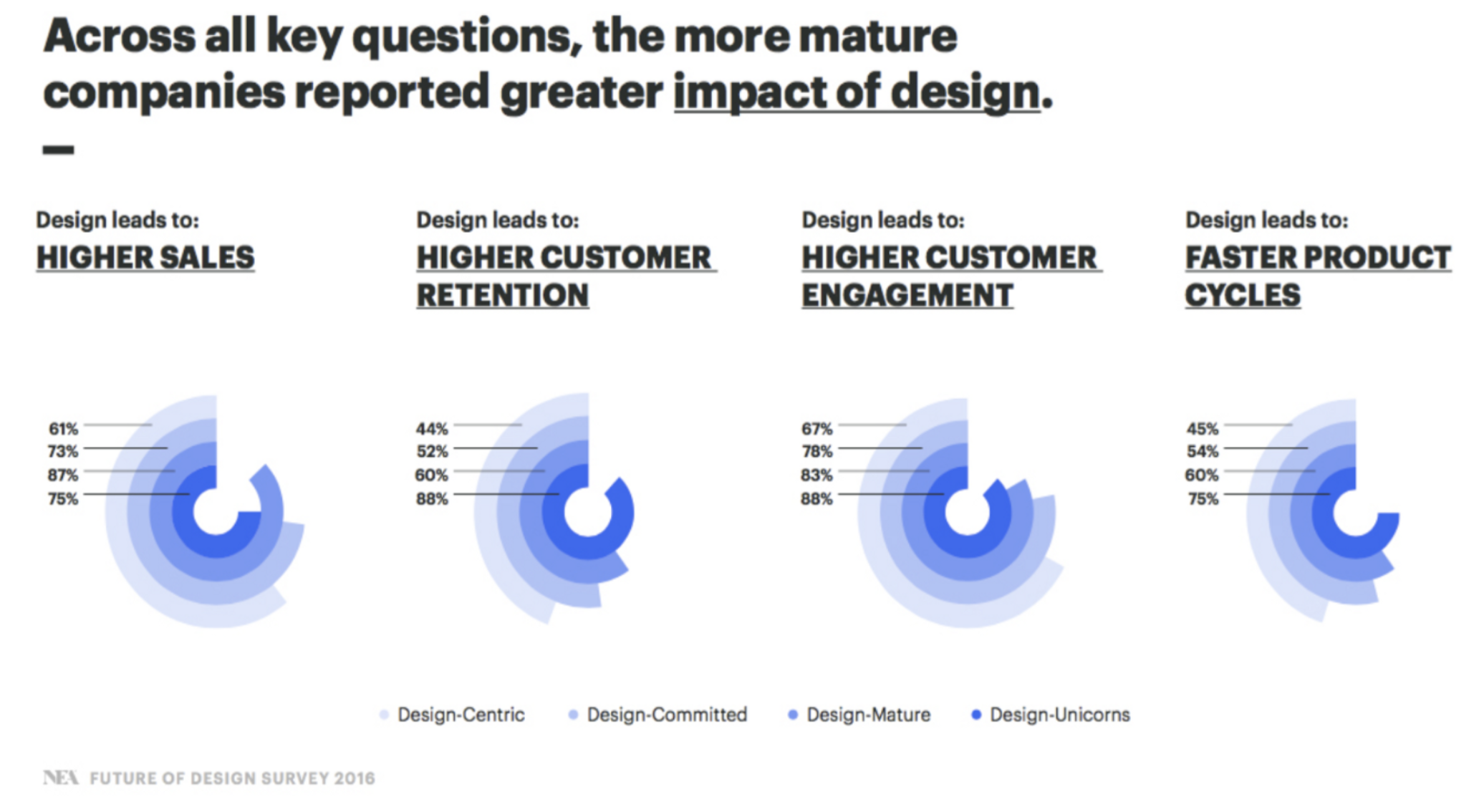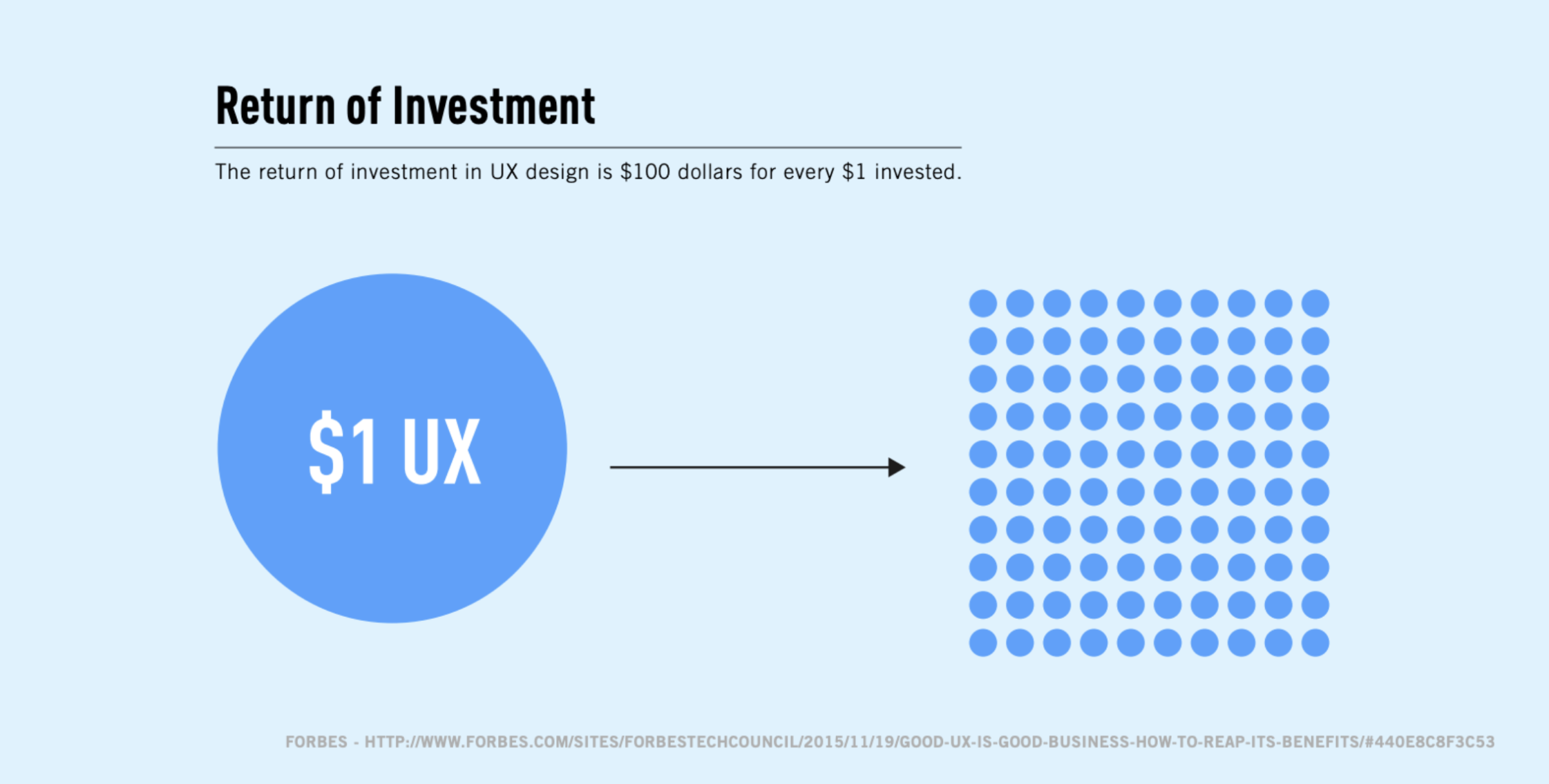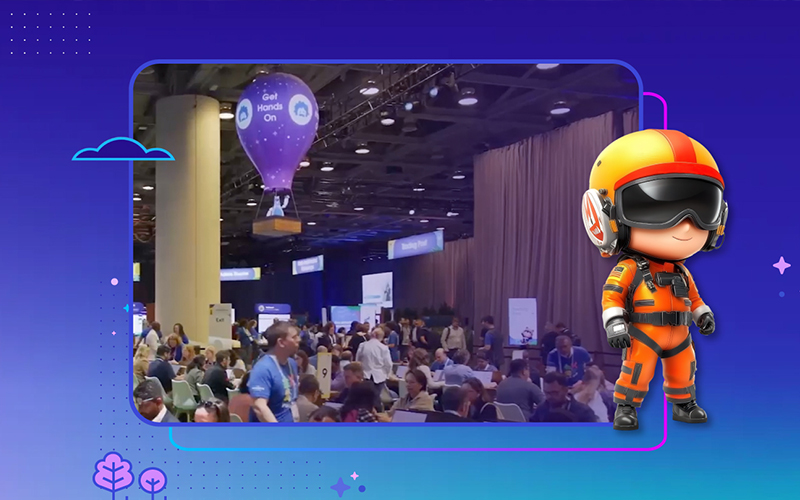
UX and UI Design are some of the most misunderstood terminologies in the design field. Both are key to building a successful product, and they both share goals of providing an efficient, easy-to-use, and enjoyable experience. But the terms are not interchangeable.
- User Interface Design (UI) is the look and feel, the visual touchpoints of interaction such as typography, color, layout and buttons.
- User experience (UX) balances user needs and business goals. It provides insights based on the users’ attitudes, behavior, and experiences by using systematic methods to guide the product and design strategy. It encompasses different disciplines and is user focused. It is about what the users think and feel.
We are on a mission to bust some myths around what UX and UI Design are, and what they are not! Let’s look at some of the common fallacies surrounding UX and UI Design.
Myth #1: A visually pleasing product guarantees success
“Design is not just what it looks like and feels like. Design is how it works.” – Steve Jobs
At CodeScience we are able to leverage the amazing Salesforce Lightning Design System to guide most of our design choices, but many of our projects require custom design work. We as designers must learn from the users what their needs are and their motivations for using a product. If we aim to build a pleasing and delightful app without setting the foundation we run the risk of our own bias creeping in. Ultimately we will create AN experience, but will it be a good one?

Myth #2: The UX Process is Complicated and Time Consuming
“If I had an hour to solve a problem and my life depended on the solution, I would spend the first 55 minutes determining the proper question to ask, for once I know the proper question, I could solve the problem in less than five minutes.” – Albert Einstein
Different projects have different needs, and CodeScience Product Designers employ a toolbox full of methods to zero in on identifying the right problems early on. This allows our team to jump into finding high impact solutions quickly and with confidence. Creating a solid research plan helps our team focus on what is needed to evaluate the problem, devise the design strategy and provide recommendations. Time spent up front on gaining clear direction and prioritizing the most impactful next steps often saves time in solutioning and building later down the road.
Myth #3: The UX Process is Expensive
“If you think good design is expensive, you should look at the cost of bad design.”
— Dr. Ralf Speth, Chief Executive Officer, Jaguar Land Rover
Multiple studies in recent years have shown that there is a significant cost in ignoring the user experience. Incomplete user data can result in increased customer support, additional development work (and rework), and at worst carries a risk of overall failure of the product, since it is based on assumptions in the absence of any foundational research data.

Source: http://2016.futureof.design/

Source: https://s3.amazonaws.com/coach-courses-us/public/theuxschool/uploads/The_Trillion_Dollar_UX_Problem.pdf
Investing time and effort in the UX process is simply good strategy, and avoids costly mistakes downstream. To do otherwise is to leave money on the table.
Myth #4: Users Don’t Know What They Want, and Asking Them is a Waste of Time.
“If I would have asked people what they wanted, they would have said faster horses.” – Henry Ford
A good UX designer knows that asking people directly about features seldom results in reliable actionable insights. It allows space for bias and stokes a desire for the user to tell you, the interviewer, what they think you want to hear. Effective UX design requires a deeper understanding, but still depends on “talking to users”. Getting into the user’s head involves watching how the product is used and asking indirect questions which clarify motivations, frustrations, and end goals. (What are the problems you face when trying to perform this task? Which pieces of information are most important to you?”)
CodeScience Product Designers read between the lines using bias-free inquiry and an open mind. It is important to ask the right questions and use multiple methods for understanding user end goals. This sets up the framework to get to the core of potential problems and address underlying issues which might not otherwise be recognized.
Myth #5: UX is the Designer’s Job
“UX strategy is business strategy.” – Nancy Dickenson
Creating an outstanding user experience is a collaborative, generative process. It starts with the initial conversations that get a project started, and continues right on through the development and deployment of the product. UX is everyone’s job. UX Designers and Researchers help make sure the voice of the user is present throughout all stages of the product development process, aligning user needs with business goals and technical requirements to set the stage for well rounded and overall more successful results.
Good product design starts with understanding what the problem is, who are we building it for, what users are trying to achieve, what they need to help them get there, technical constraints, and more. CodeScience Product Designers explore these different perspectives by leveraging tools from the disciplines of both UX and UI, such as user testing, product workshops, and by leveraging our expert knowledge of the Salesforce Lightning Design System. The results are a well-rounded product that is insight driven and user validated.
Dawna Kelley, Product Designer
Note from the author: This blog was developed with Priya Natarajan, a former CodeScientist product designer.


